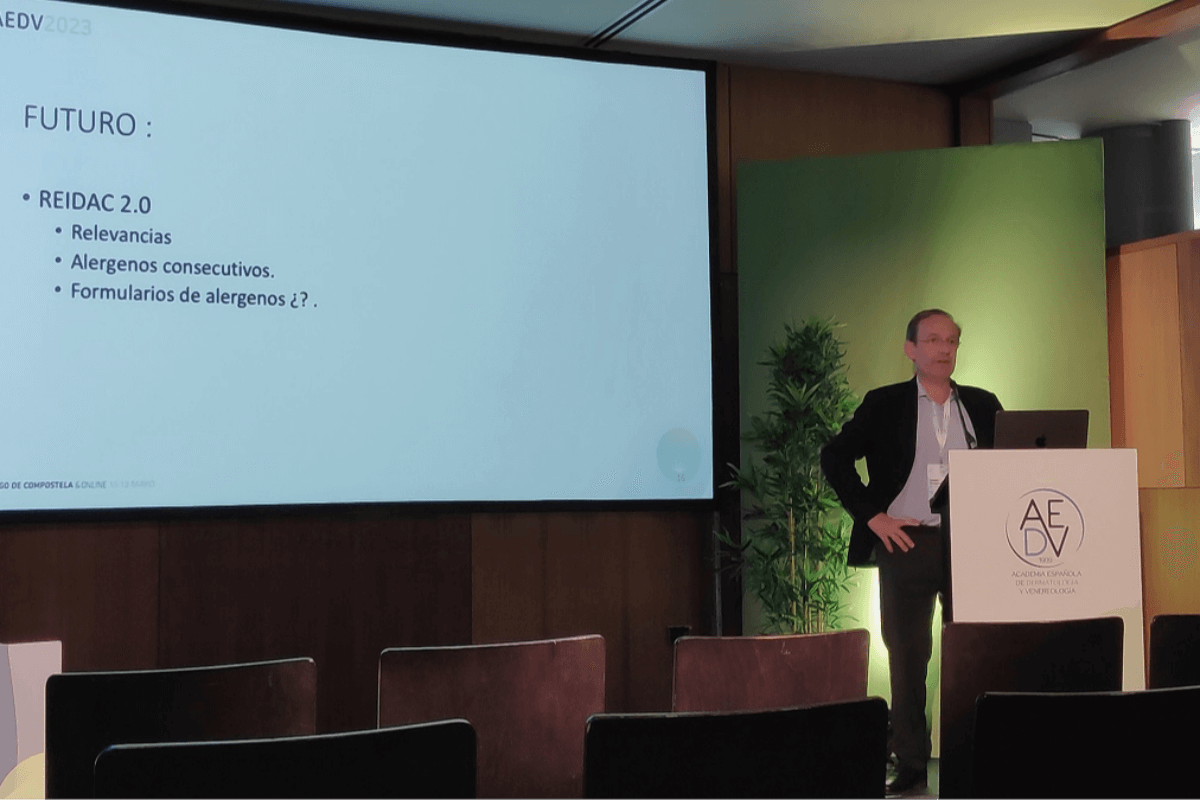![[Translated article] Four-year Epidemiological Surveillance of the Spanish Registry of Research in Contact Dermatitis and Cutaneous Allergy: Current Situation and Trends](https://multimedia.elsevier.es/PublicationsMultimediaV1/item/multimedia/thumbnail/S0001731024000929:gr1.jpeg?xkr=ue/ImdikoIMrsJoerZ+w9/t1/zx4Q/XH5Tma1a/6fSs=)
Background
The epidemiological surveillance of contact dermatitis is one of the objectives of the Spanish Registry of Research in Contact Dermatitis and Cutaneous Allergy. Knowing whether the prevalence of positive tests to the different allergens changes over time is important for this monitoring process.
Objectives
To describe the various temporary trends in allergen positivity in the GEIDAC standard series from 2018 through December 31, 2022.
Methods
This was a multicenter, observational trial of consecutive patients analyzed via patch tests as part of the study of possible allergic contact dermatitises collected prospectively within the Spanish Registry of Research in Contact Dermatitis and Cutaneous Allergy. The data was analyzed using 2 statistical tests: one homogeneity test (to describe the changes seen over time) and one trend test (to see whether the changes described followed a linear trend).
Results
A total of 11327 patients were included in the study. Overall, the allergens associated with a highest sensitization were nickel sulfate, methylisothiazolinone, cobalt chloride, methylchloroisothiazolinone/methylisothiazolinone, and fragrance mix i. A statistically significant decrease was found in the percentage of methylisothiazolinone positive tests across the study years with an orderly trend.
Conclusions
Although various changes were seen in the sensitizations trends to several allergens of the standard testing, it became obvious that a high sensitization to nickel, methylchloroisothiazolinone/methylisothiazolinone and fragrances mix i remained. Only a significant downward trend was seen for methylisothiazolinone.


